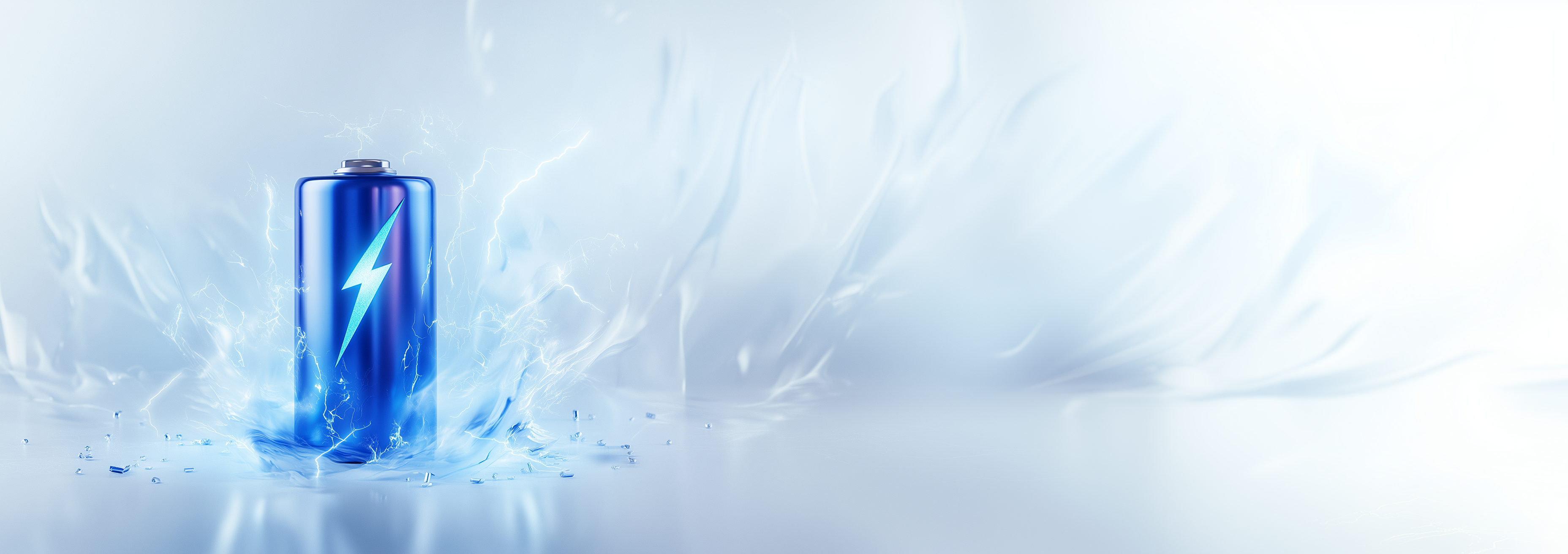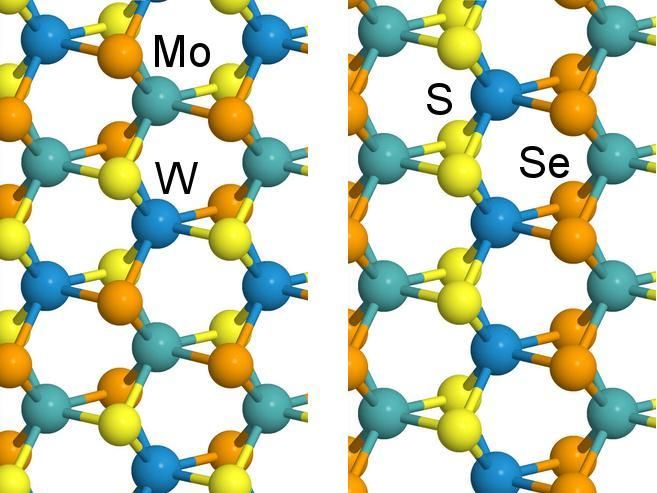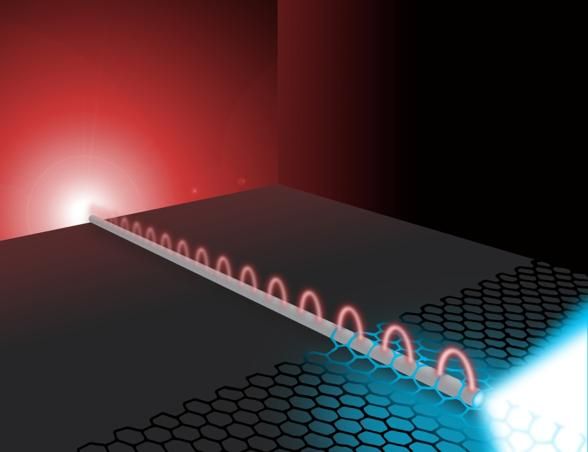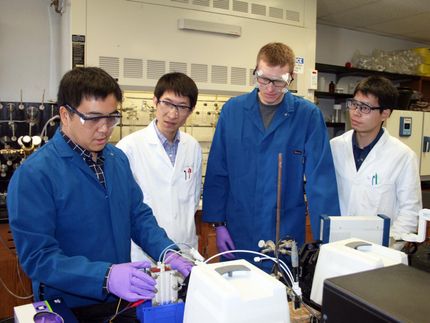New efficiency record with dual-junction solar cell set
Scientists at the Energy Department's National renewable energy Laboratory (NREL) and at the Swiss Center for Electronics and Microtechnology (CSEM) have jointly set a new world record for converting non-concentrated (1-sun) sunlight into electricity using a dual-junction III-V/Si solar cell.
The newly certified record conversion efficiency of 29.8 percent was set using a top cell made of gallium indium phosphide developed by NREL, and a bottom cell made of crystalline silicon developed by CSEM using silicon heterojunction technology. The two cells were made separately and then stacked by NREL. The record was published in 'Solar cell efficiency tables.'
"It's a record within this mechanically stacked category," said David Young, a senior researcher at NREL. "The performance of the dual-junction device exceeded the theoretical limit of 29.4 percent for crystalline silicon solar cells."
Young is co-author of a paper which details the steps taken to break the previous record. His co-authors from NREL are Stephanie Essig, Myles Steiner, John Geisz, Scott Ward, Tom Moriarty, Vincenzo LaSalvia, and Pauls Stradins. The paper has been submitted for publication in the IEEE Journal of Photovoltaics.
"We believe that the silicon heterojunction technology is today the most efficient silicon technology for application in tandem solar cells" said Christophe Ballif, head of PV activities at CSEM.
"CSEM partnered with the NREL scientists with the objective to demonstrate that 30 percent efficient tandem cells can be realized using silicon heterojunction bottom cells, thanks to the combination with high performance top cells such as those developed by NREL," said Matthieu Despeisse, the manager of crystalline silicon activities at CSEM.
A new design for the dual-junction solar cell and the contributions from CSEM were key to setting the record. These first collaboration results further indicate that even greater efficiency can be achieved by the combination of NREL and CSEM cells.
Most read news
Topics
Organizations
Other news from the department science

Get the chemical industry in your inbox
By submitting this form you agree that LUMITOS AG will send you the newsletter(s) selected above by email. Your data will not be passed on to third parties. Your data will be stored and processed in accordance with our data protection regulations. LUMITOS may contact you by email for the purpose of advertising or market and opinion surveys. You can revoke your consent at any time without giving reasons to LUMITOS AG, Ernst-Augustin-Str. 2, 12489 Berlin, Germany or by e-mail at revoke@lumitos.com with effect for the future. In addition, each email contains a link to unsubscribe from the corresponding newsletter.
Most read news
More news from our other portals
See the theme worlds for related content
Topic World Battery Technology
The topic world Battery Technology combines relevant knowledge in a unique way. Here you will find everything about suppliers and their products, webinars, white papers, catalogs and brochures.

Topic World Battery Technology
The topic world Battery Technology combines relevant knowledge in a unique way. Here you will find everything about suppliers and their products, webinars, white papers, catalogs and brochures.
Last viewed contents
Penn study: Transforming nanowires into nano-tools using cation exchange reactions
Category:Uranium_mining

Four elements make 2-D optical platform
Particle-Induced_X-ray_Emission





























































